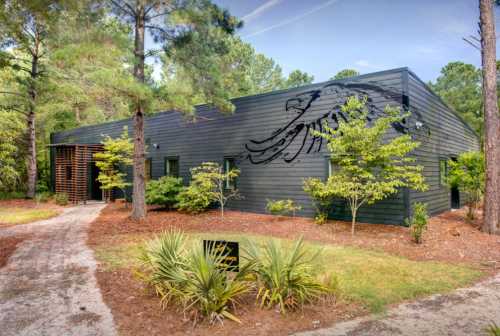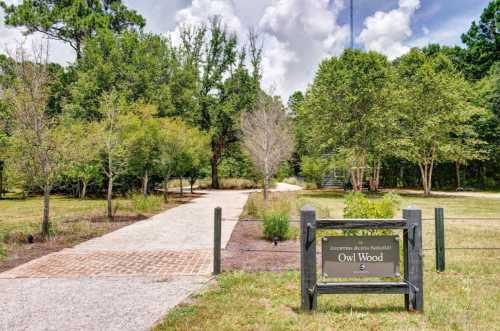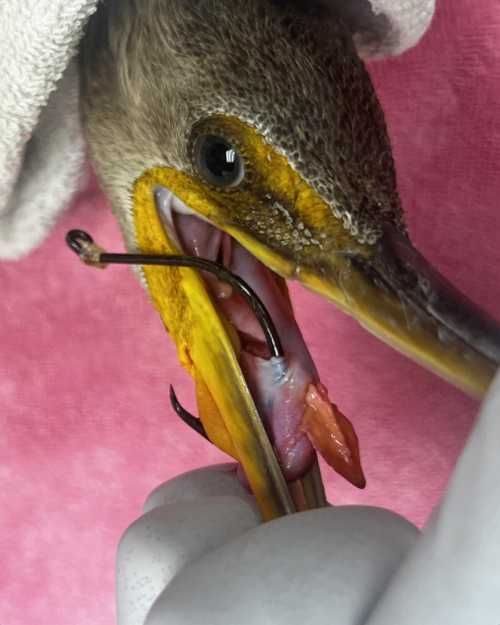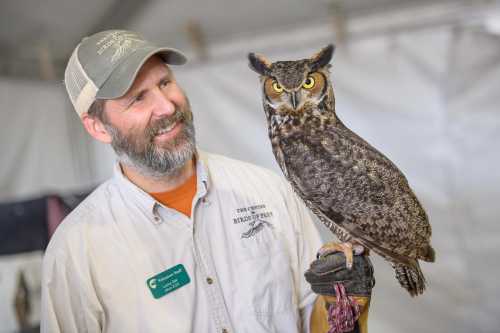Most people think of a ghost town as being completely abandoned with no signs of life. But that's not always the case. The state's milling history left scores of towns scattered around the state nearly dried up after the price of cotton plummeted in the 1920s ahead of the Great Depression. Many of those towns never recovered from the blow to their manufacturing jobs and to the farms that grew the cotton.
Glendale, South Carolina is one of those communities that never bounced back - but never died either.
This tiny little community six miles outside of Spartanburg is now a bedroom community with only a handful of families in comparison to more than a thousand people who lived here a century ago.
Many lived in company housing provided by the town's major employer, the cotton mill. Glendale Mill got its start in the late 1830s. By 1847 it was considered one of the most important cotton mills in the state. At that time it was known as Bivingsville Mill. The photo above was taken in 1917.
The mill was not only responsible for the jobs it created in the mill, but also for sustaining many of the surrounding cotton farms. On the other end of the manufacturing process, there were many jobs in transportation just up the road in Spartanburg the mill sustained by being open. But following the war and with the onset of the Great Depression the mills in South Carolina saw fewer and fewer profits. Eventually, Glendale Mill shuttered and she sat empty for decades.
And then, in 2004 residents awakened in the middle of the night to a horrific sight. The mill burned for what seemed like forever. For many of the few residents left in Glendale it was likely a sight they'll never, ever forget.
But not EVERYTHING burned. Much of the old Glendale village is still intact. As is the mill owner's home, shown above and boarded up.
You don't have to look far in this small community to see signs of the thriving mill's past. Boarded up buildings can be found all over.
While others are still possibly being used in one way or another. This former shop is on the corner leading to the old iron bridge in Glendale.
That old iron bridge over the shoals at Glendale still stands but is closed to traffic. There are whispers that it's going to be restored in 2018 and reopened to pedestrian traffic.
Today, Glendale is anything BUT dead. At last count, in the 2010 U.S. Census, there were 300 people living in Glendale. So don't go thinking you can waltz in and start walking into empty homes on some exploration/adventure. That's not what you'll find in Glendale. There's still a community here, albeit a shell of the former thriving town.
But there ARE some things you can explore freely. Spartanburg County recently turned part of the old mill property into a preserve. Many of the ruins are still there, making this one of the most unique preserves in the Palmetto State.
Bring the camera, explore this little not-so-ghost-town and admire the history preserved by the community and by Spartanburg County.
The ruins are hauntingly beautiful and you'll find they ignite a sense of nostalgia as you can almost feel the lives this major employer touched, and the mouths it fed.
Explore the ruins all you want...
Just don't go inside the boarded up, seemingly abandoned buildings. They still belong to someone.
The tiny little community of Glendale has an amazing past. It's a past that's evident in most places you look. From the breathtaking Glendale Shoals Preserve to the old mill village (where some people still live) this is one little ghost town that refuses to give up.
Here's another tiny community in South Carolina you'll definitely want to visit. And for some rare photos from South Carolina's cotton milling history check out this article we published in 2016.
Subscribe to our newsletter
Get the latest updates and news
Thank you for subscribing!







































